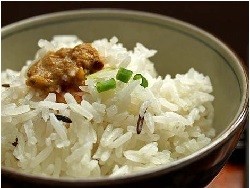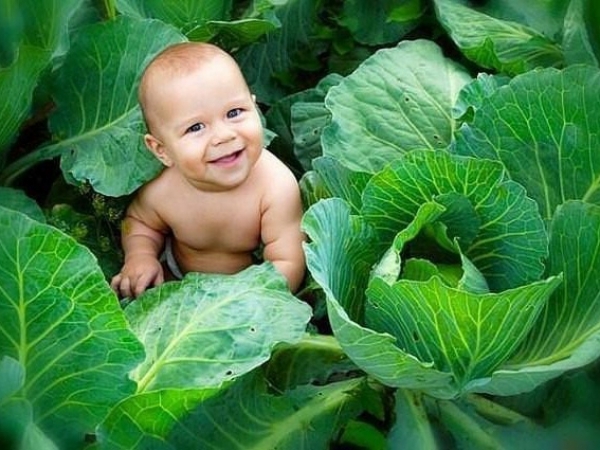
The Swedish wild boar ham, seaweed, bugs and “green” alternatives, such as vegetarian mince and bean paste. Probably it will look like the contents of the food basket in the future, according to experts.
“We ate insects in the stone age, but the new food should be rooted in the culture,” says nutrition expert Christine Fjellstrom (Christina Fjellström).
Taco cosy Friday evening, vegetarian sausage, organic pasta — in 15 years most of the food that we eat and cook at home remains almost the same as it is now.
Expand the range of Swedish food products, and such products as air dried wild boar ham and Swedish potato instead of rice, will be a daily food. We will be more likely to choose fish rearing, fed vegetarian feed, and not fishmeal. Improve the quality of frozen products, they begin to produce useful raw materials.
Christina Fjellstrom, a specialist in nutrition from Uppsala University, is confident that environmental thinking will become ubiquitous, especially in the matter of raw materials. She believes that in the future will decrease the consumption of meat.
“Ecology permeates the thinking of the larger number of people, everything will become more rational in terms of consumption, appears in the habit of thinking about future generations. The idea of vegetarian food has been around for many decades, and the environmental aspect will make people eat more vegetables and fruits,” explains Fellstrem.
Masiye sausages made half meat and half vegetables, bean paste, caviar, seaweed are just a few examples of such products that have appeared on the Swedish market.
“There are other factors that play a role when buying food, for example, price,” continues Fellstrem.
The ethnologist and nutrition researcher Richard Tellstrom (Richard Tellström) from the University of örebro, believes that the food will be served in 30 years, is a reflection of trends in society.
“In a high degree, people will be guided by the economic aspect. Artificially grown meat will become a very expensive alternative, at least in the first 20 years after its appearance on the market. Forecast about the food of the future is a forecast of the future economy. Now high interest in vegetables and vegetarian food, and it is appropriate to assume that it will continue to grow. We eat what’s popular”.
The world population is increasing and it is expected that by the end of the century it is predicted to be 10.9 billion people. According to many scientists, in the future on our plates these are the gifts of the sea, like seaweed and jellyfish, and insects.
Along with this, many stress that requires considerable change in our views on food, so we in the future could have a muesli of hamburgers worms or crickets. The most likely scenario is that insects will become raw materials, for example, of them will do the flour.
As an example, Tellstrom remember the potato that was brought to Sweden in the XVIII century. No one really knew what to do with it, and many looked at her with suspicion.
“Insects can cause conflict at the table. To use the products that now nobody is eating is the hardest. It will take time, at least two generations. It will go faster if you make a product that looks like regular food. I think it will be difficult to eat insects without processing, because they are perceived as something inedible.”
On the other hand, it is highly probable boom of buzzwords like “sustainability” and ecologically useful products, according to food giant Axfood in its latest report. There is an example of how this can look food basket in 2030.








